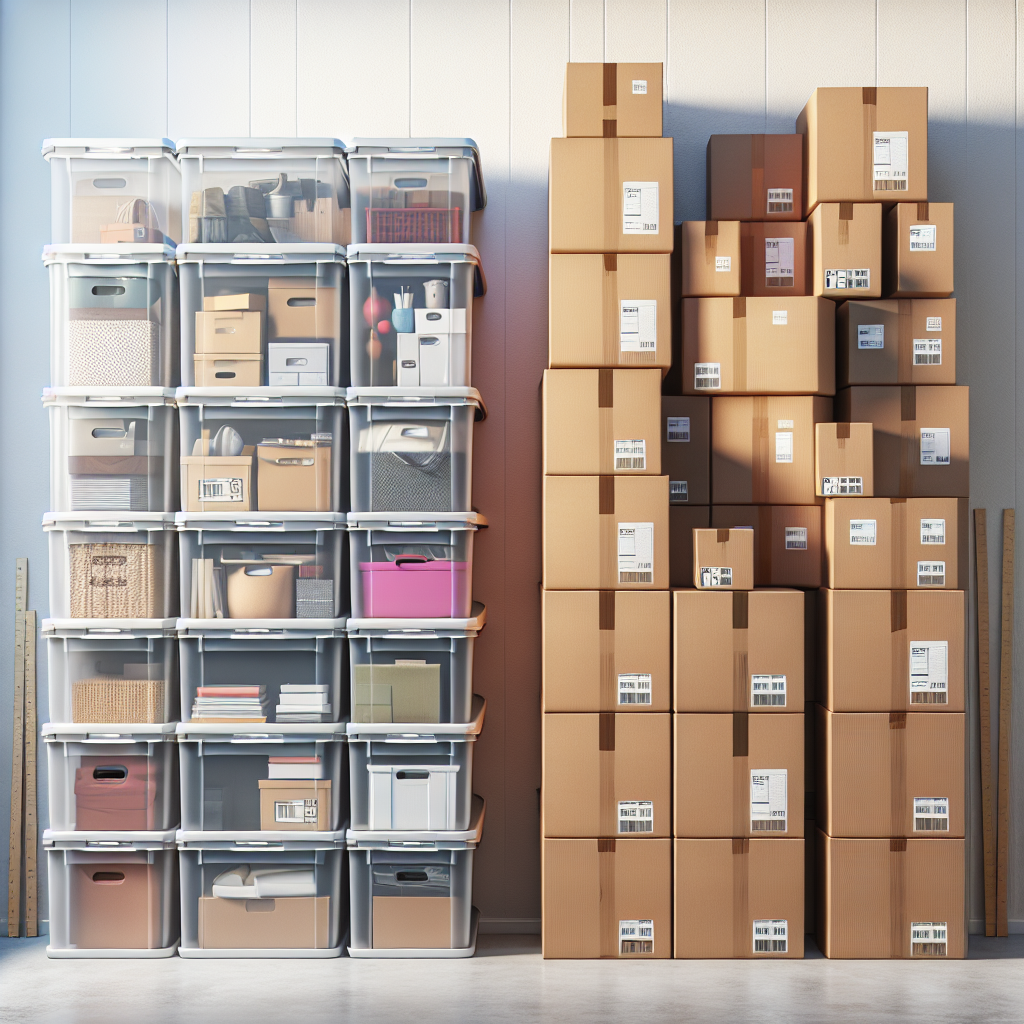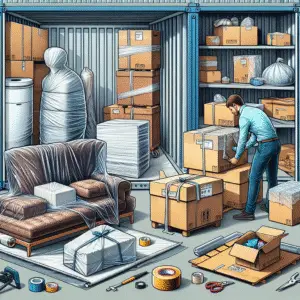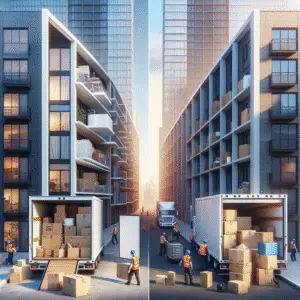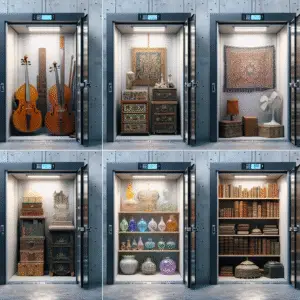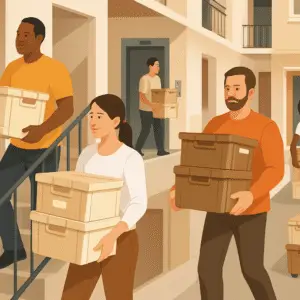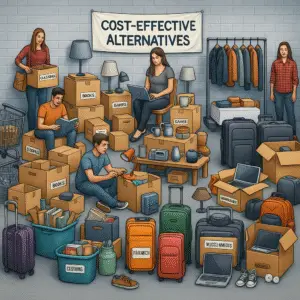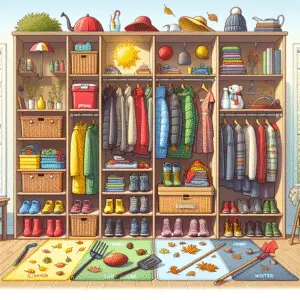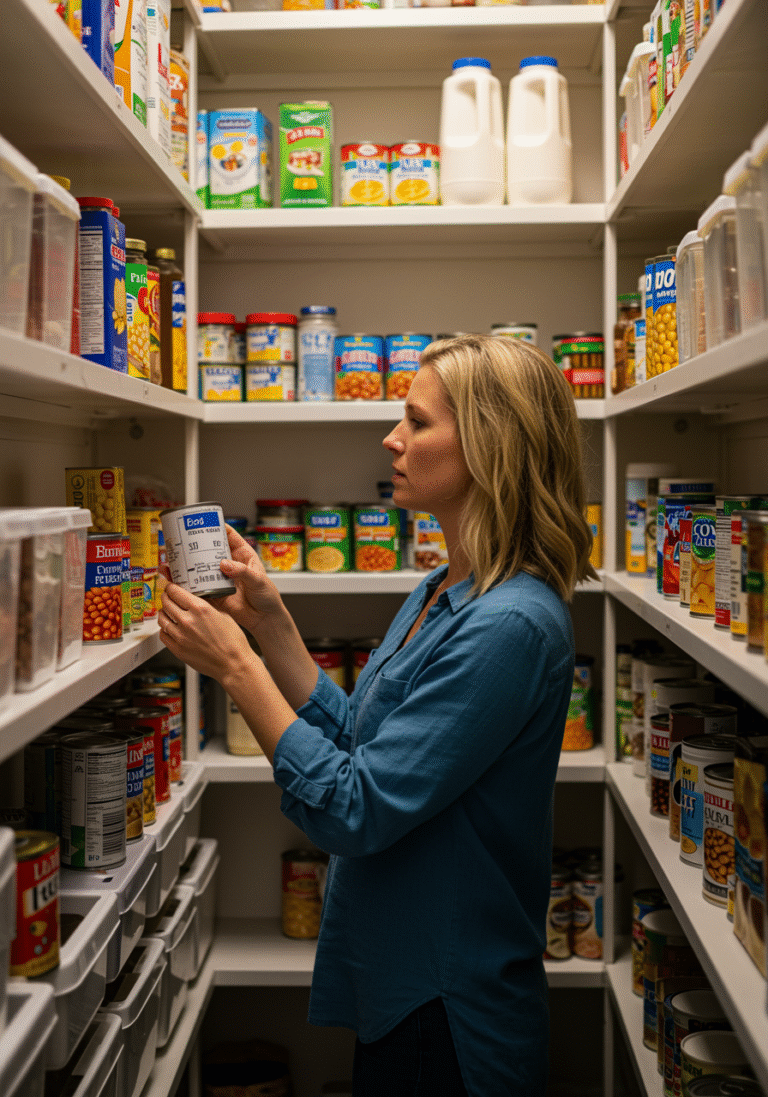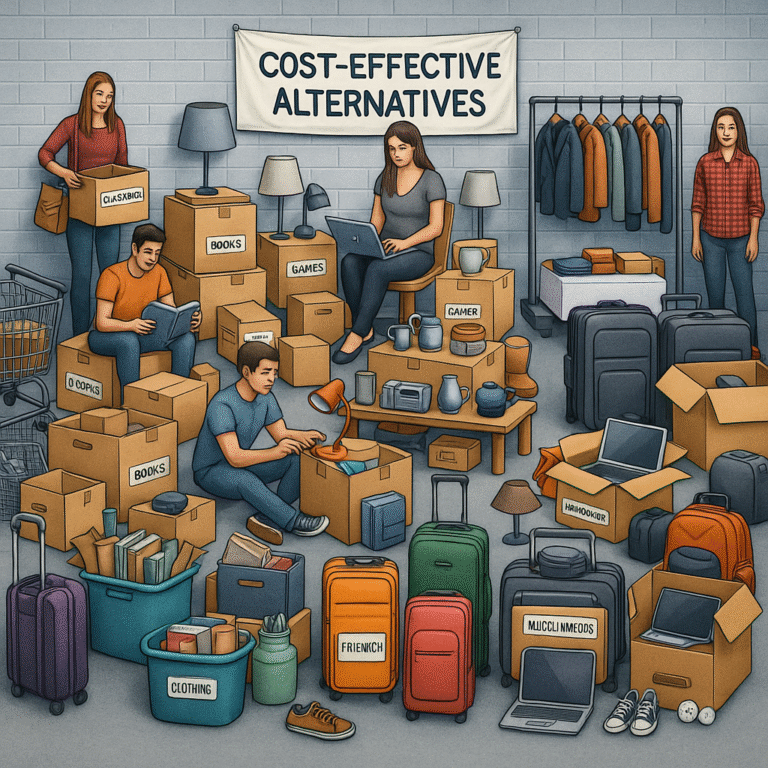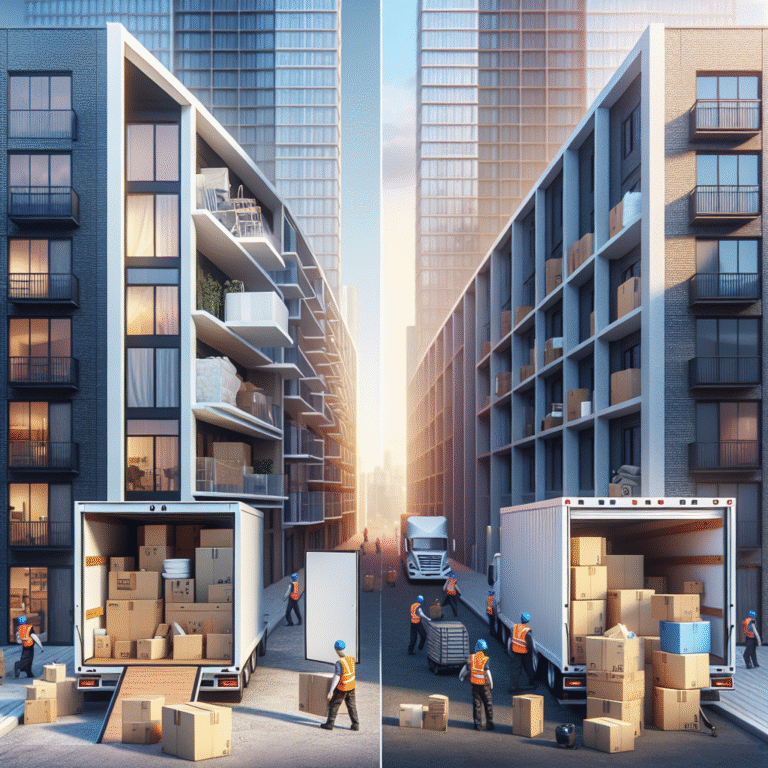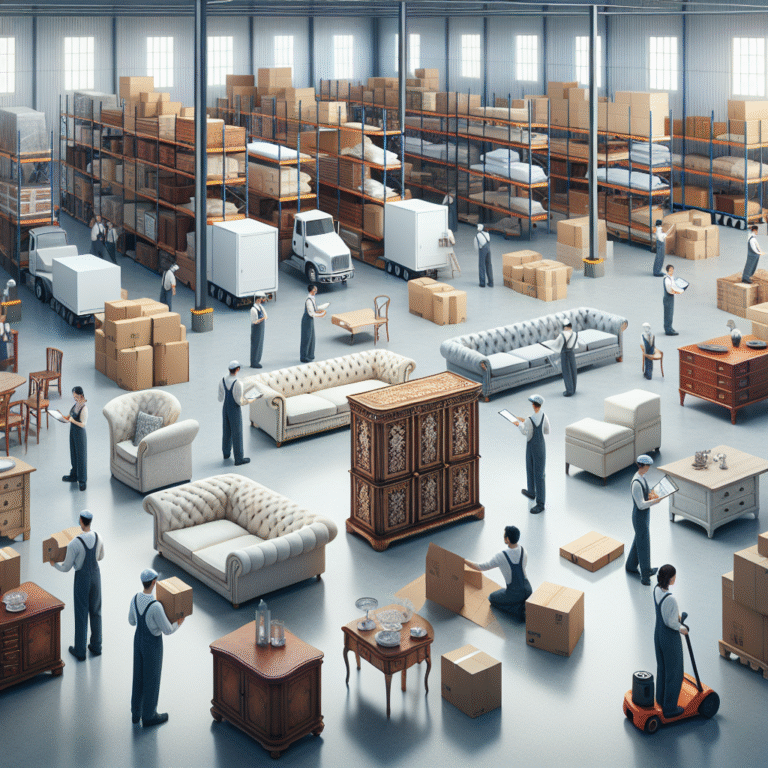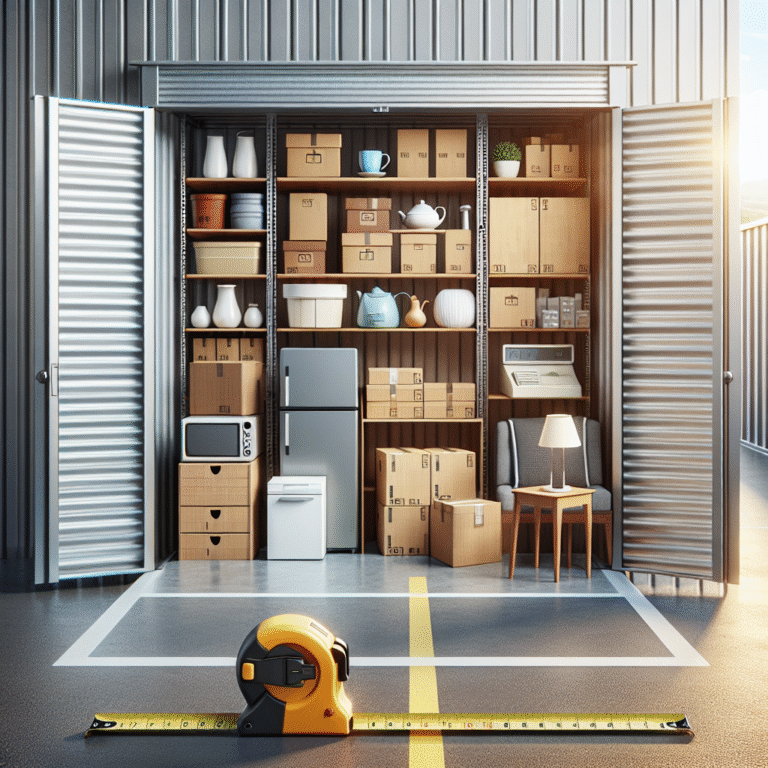Moving Bins vs. Cardboard Boxes: What’s Better for Temporary Storage?
Moving Bins vs. Cardboard Boxes: What’s Better for Temporary Storage?
Imagine staring at your belongings, scattered across your home, with a looming deadline to get everything packed. The age-old debate of plastic bins versus cardboard boxes has taken a dramatic turn in 2025, with innovative storage solutions reshaping how we think about temporary storage. As storage costs continue to skyrocket and environmental concerns take center stage, making the right choice between these options has never been more crucial.
The Rise of Moving Bins: A Modern Storage Solution
Today’s moving bins have evolved far beyond their basic plastic ancestors. Made from high-grade recyclable polymers, these stackable containers now feature smart-lock systems, humidity sensors, and RFID tracking capabilities. According to Sarah Chen, logistics expert at Storage Solutions International, “Modern moving bins offer 73% better protection against moisture damage compared to traditional storage options.” The rental cost typically ranges from $50-$150 per month for a set of 10 bins, while purchasing them outright costs between $200-$500.
Cardboard Boxes: Traditional Yet Evolving
Despite technological advances, cardboard boxes remain a popular choice, with new reinforced designs and eco-friendly materials leading the way. These boxes now come in various grades, from single-wall options perfect for lightweight items to triple-wall variants capable of supporting up to 80 pounds. Most retailers offer them for $1-$3 per box, making them an attractive option for budget-conscious movers. The latest biodegradable treatments have extended their lifespan significantly, addressing previous concerns about deterioration.
Durability Showdown
When it comes to protection, moving bins clearly outperform their cardboard counterparts in most scenarios. Plastic bins can withstand up to 500 pounds of stacking weight, resist water damage, and prevent pest infiltration. Cardboard boxes, even with recent improvements, still struggle with moisture exposure and can weaken over time. However, cardboard boxes often provide better cushioning for fragile items due to their slight flexibility.
Convenience and Handling Considerations
Moving bins offer superior stackability and come ready to use, eliminating assembly time. Their uniform size and built-in handles make them easier to transport, while their rigid structure maintains shape regardless of content weight. Cardboard boxes require tape and assembly but can be customized to fit odd-shaped items. They’re also significantly lighter when empty, making them easier to maneuver in tight spaces.
Environmental Impact Analysis
The environmental debate has shifted dramatically in recent years. While plastic bins can be reused hundreds of times, their production creates a larger initial carbon footprint. Modern cardboard boxes are now 100% recyclable and often made from post-consumer materials. The Environmental Storage Association reports that “A plastic bin needs to be reused at least 20 times to offset its environmental impact compared to recycled cardboard alternatives.”
Cost Considerations in 2025
The financial equation has evolved with rising material costs and new sustainability regulations. Moving bins represent a higher upfront investment but offer long-term value for frequent movers or businesses. Cardboard boxes provide flexibility with lower initial costs but may need replacement for subsequent moves. Hidden costs like packing tape, moisture protection, and potential replacement needs should factor into the decision.
Optimal Usage Scenarios
Moving bins excel in scenarios involving frequent moves, valuable items storage, or exposure to varying environmental conditions

